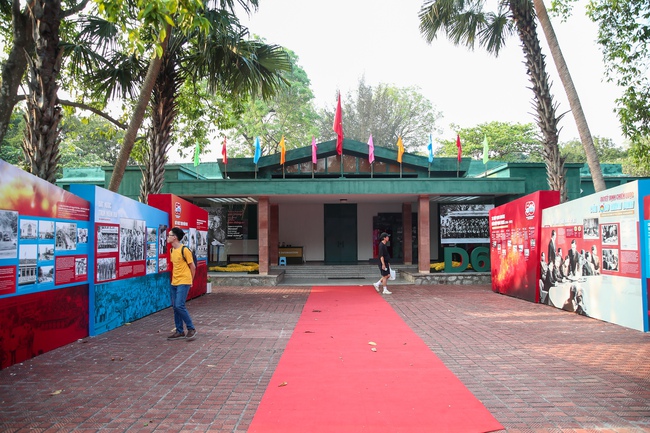
After the liberation of the capital (October 10, 1954), the Vietnamese government and army took over the Hanoi Citadel, which had previously been used by the French as a military headquarters, and built many military facilities there. The French artillery headquarters building, built on the foundation of the old Kinh Thien Palace, was used as the office of the Politburo, the Ministry of National Defense , and the Central Military Commission.
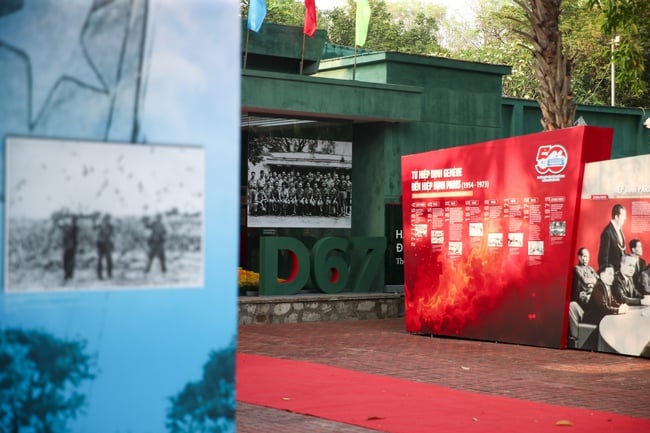
This building is called the Dragon House because in front of it there are stone dragons (Dragon platform of Kinh Thien Palace). In the 60s of the 20th century, the US bombed and attacked the North fiercely; a new building was specially built behind the Dragon House to ensure the safety of Party and military leaders meeting and working. The building is called D67 because it was built in 1967.
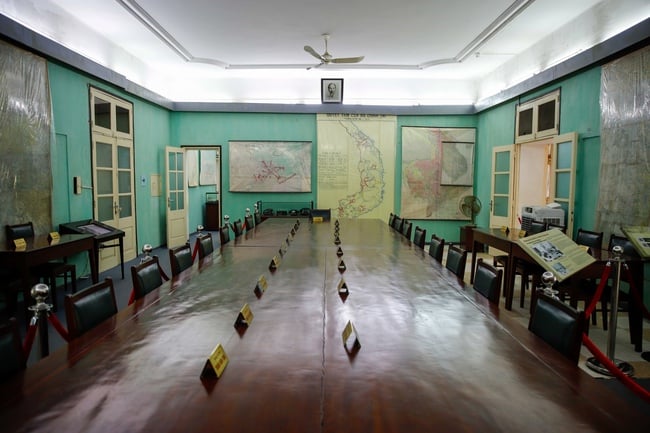
At house D67, also known as the General Headquarters, many important meetings of the Politburo and the Central Military Commission took place, making many historic and strategic decisions in the resistance war against the US to achieve victory.
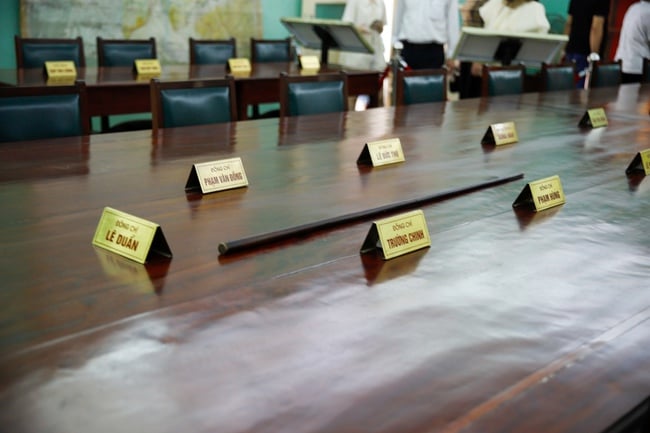
In particular, in this room, from December 18, 1974 to January 8, 1975, the Politburo met, approved the plan to liberate the South in the two years of 1975-1976 and emphasized "if the opportunity comes in early or late 1975, then immediately liberate the South in 1975".
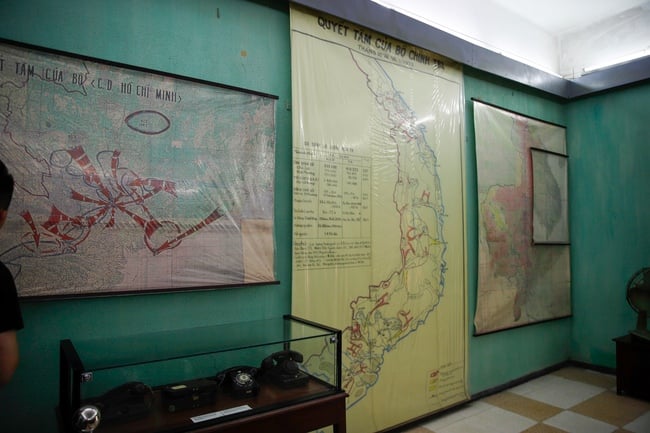
In this room, as Secretary of the Central Military Commission, Minister of National Defense, Commander-in-Chief of the Vietnam People's Army, General Vo Nguyen Giap wrote a secret telegram that went down in history: "Faster, faster; bolder, bolder. Seize every hour and minute, rush to the front line to liberate the South..."
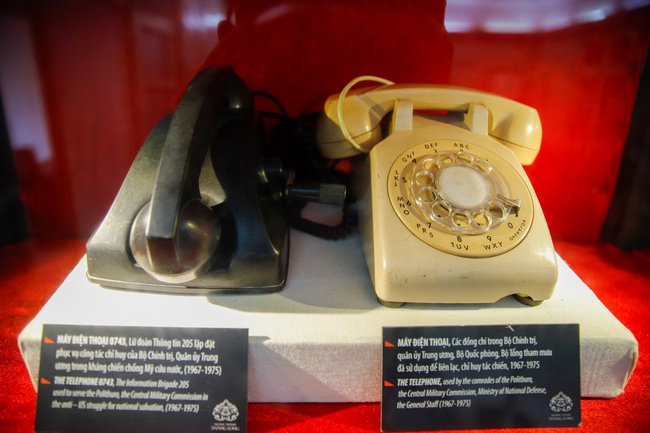
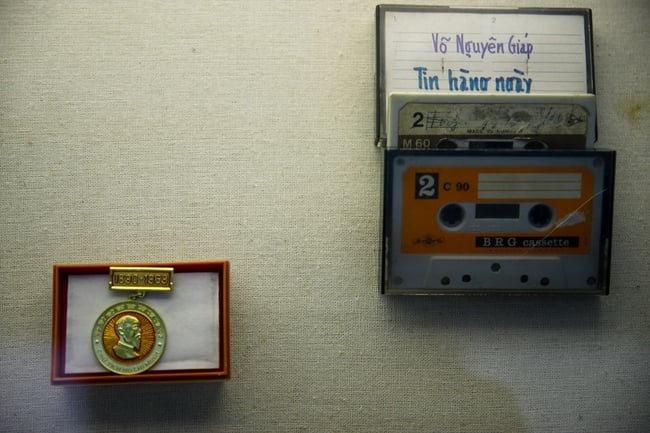
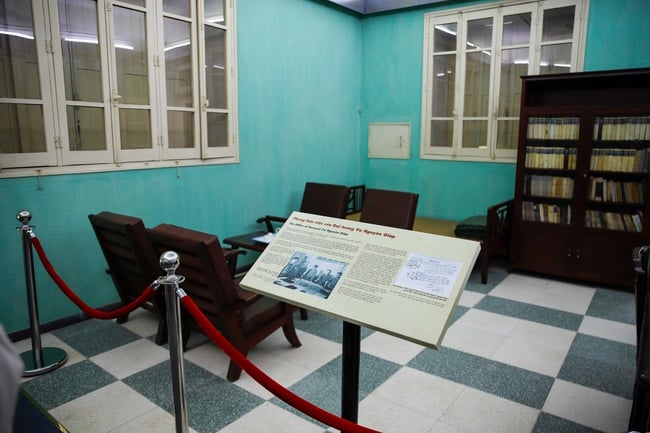
General Van Tien Dung's office is located west of building D67. Here, as Deputy Secretary of the Central Military Commission and Chief of the General Staff of the Vietnam People's Army, the General signed many important directives and decisions, contributing to defeating the US Air Force's destructive war in the North.
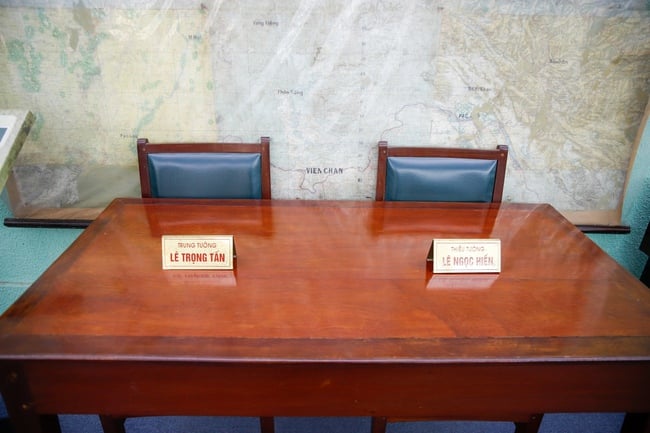
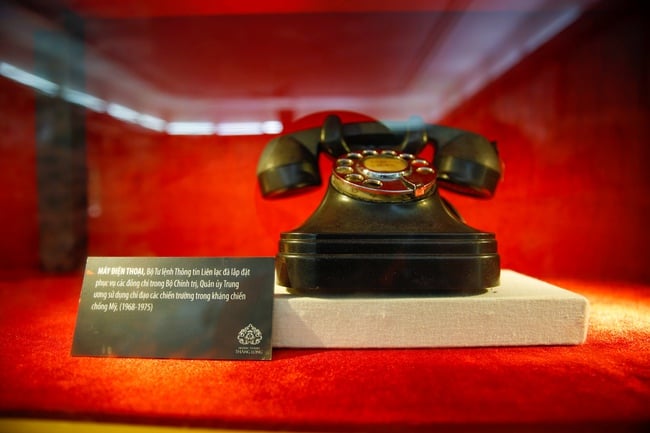
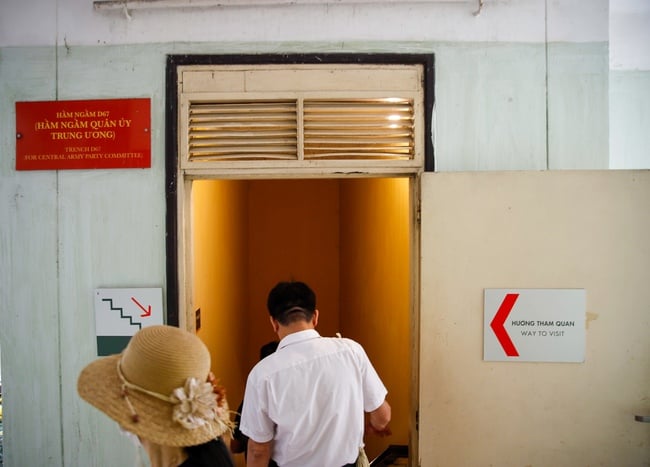
D67 bunker (Central Military Commission bunker) was built in 1967 along with D67 building. The bunker is 9m deep and was solidly built to withstand bombs. The bunker has 3 floors of stairs.
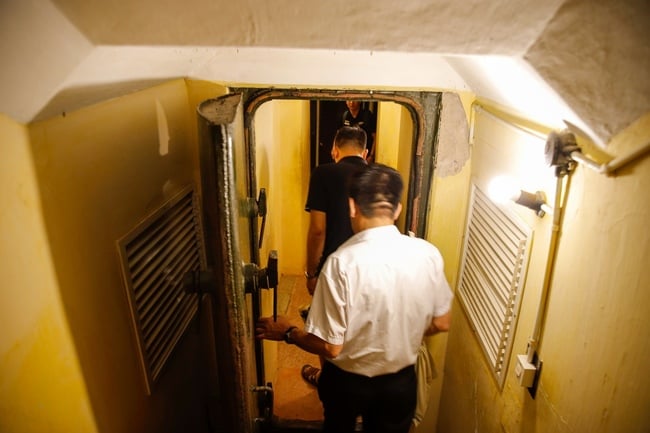
From the underground staircase to the corridor of the D67 underground tunnel system is separated by a 12cm thick steel door, specially mechanically constructed with many handles, locks, and rubber gaskets to ensure protection against toxic gases and water.
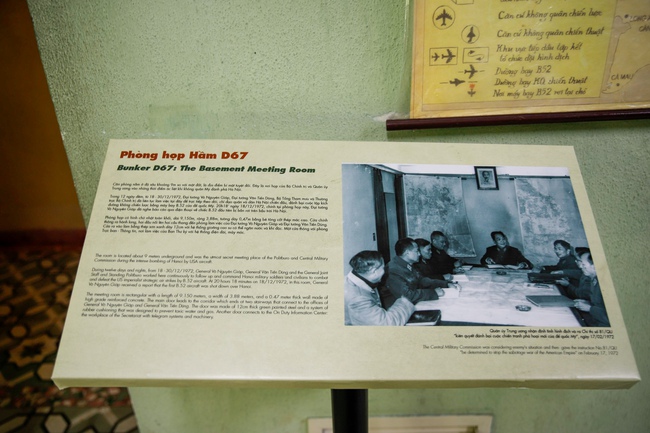
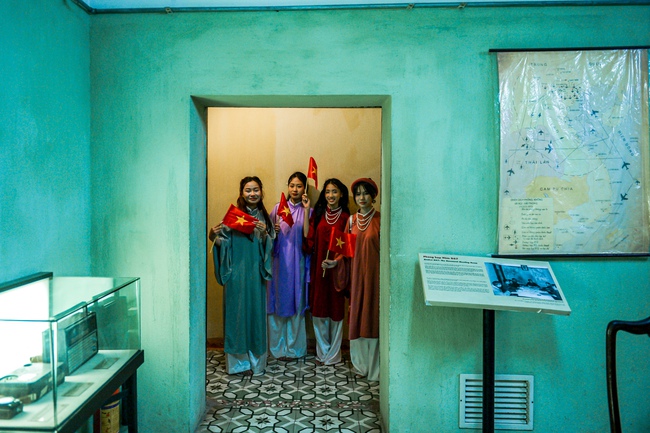
In the last days of April, many young people came to this red address.
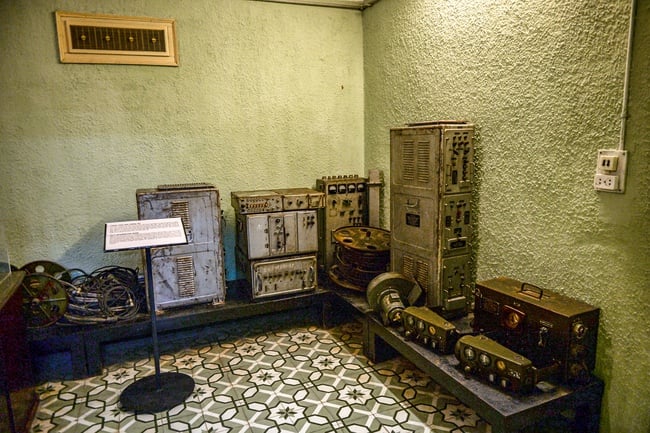
Next to the meeting room is the Duty-Information Room, the Secretariat's workplace with radio systems and machines arranged in glass cabinets.
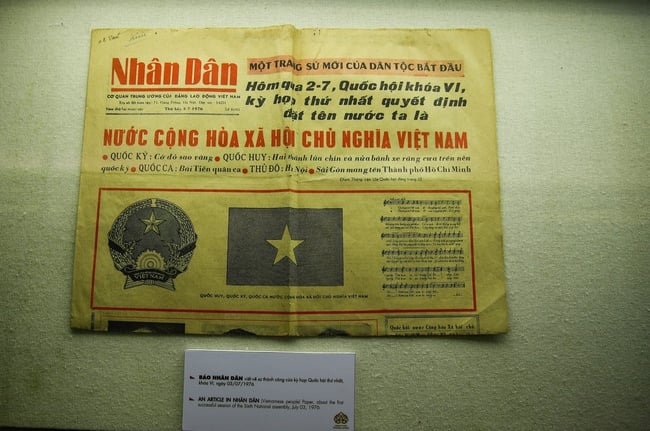
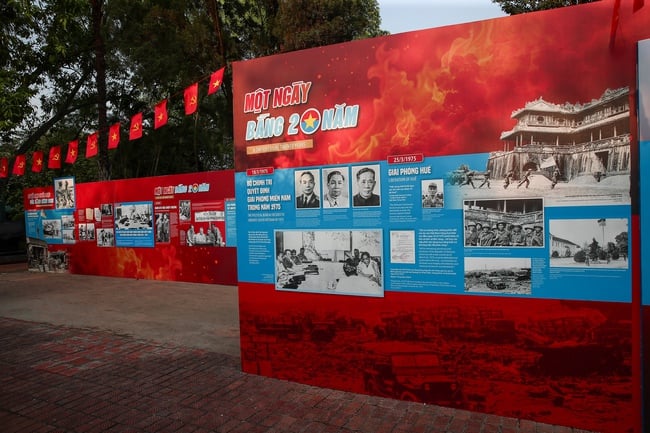
To celebrate the 50th anniversary of the Liberation of the South and National Reunification Day (April 30, 1975 - April 30, 2025), the Thang Long - Hanoi Heritage Conservation Center organized the exhibition "The Road to Reunification" at the revolutionary relic House and Bunker D67.
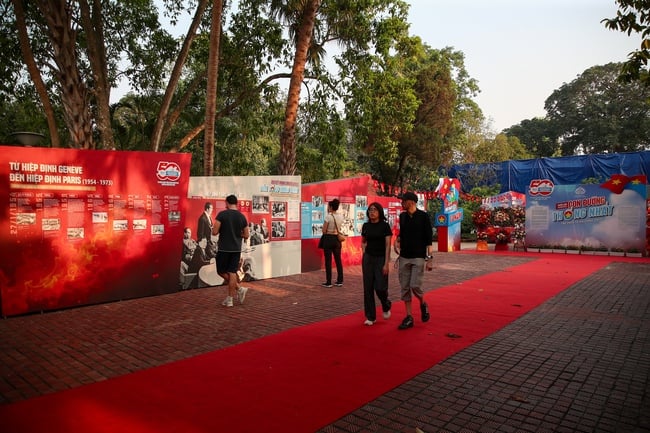
The exhibition "The Road to Reunification" at the revolutionary relic House and Bunker D67 displays and introduces 200 documents and photos divided into three main themes: "Strategic decisions of the General Headquarters", "One day equals 20 years" and "Advancing to Saigon".
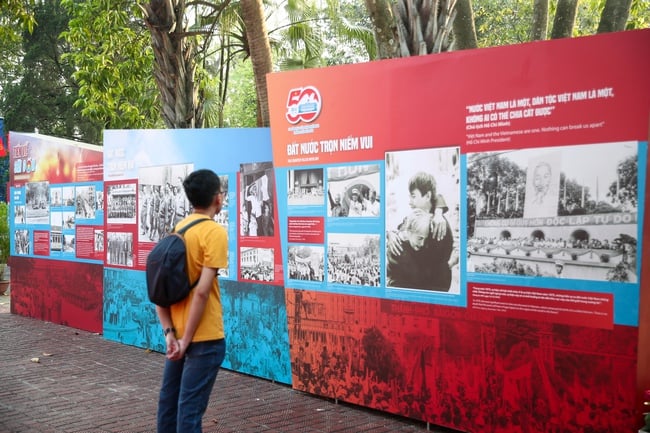
Source: https://bvhttdl.gov.vn/tong-tien-cong-mua-xuan-1975-mat-lenh-quan-trong-tu-nha-d67-20250430082937069.htm



![[Photo] President Luong Cuong receives delegation of the Youth Committee of the Liberal Democratic Party of Japan](https://vphoto.vietnam.vn/thumb/1200x675/vietnam/resource/IMAGE/2025/8/22/2632d7f5cf4f4a8e90ce5f5e1989194a)
![[Photo] Prime Minister Pham Minh Chinh chairs the conference to review the 2024-2025 school year and deploy tasks for the 2025-2026 school year.](https://vphoto.vietnam.vn/thumb/1200x675/vietnam/resource/IMAGE/2025/8/22/2ca5ed79ce6a46a1ac7706a42cefafae)
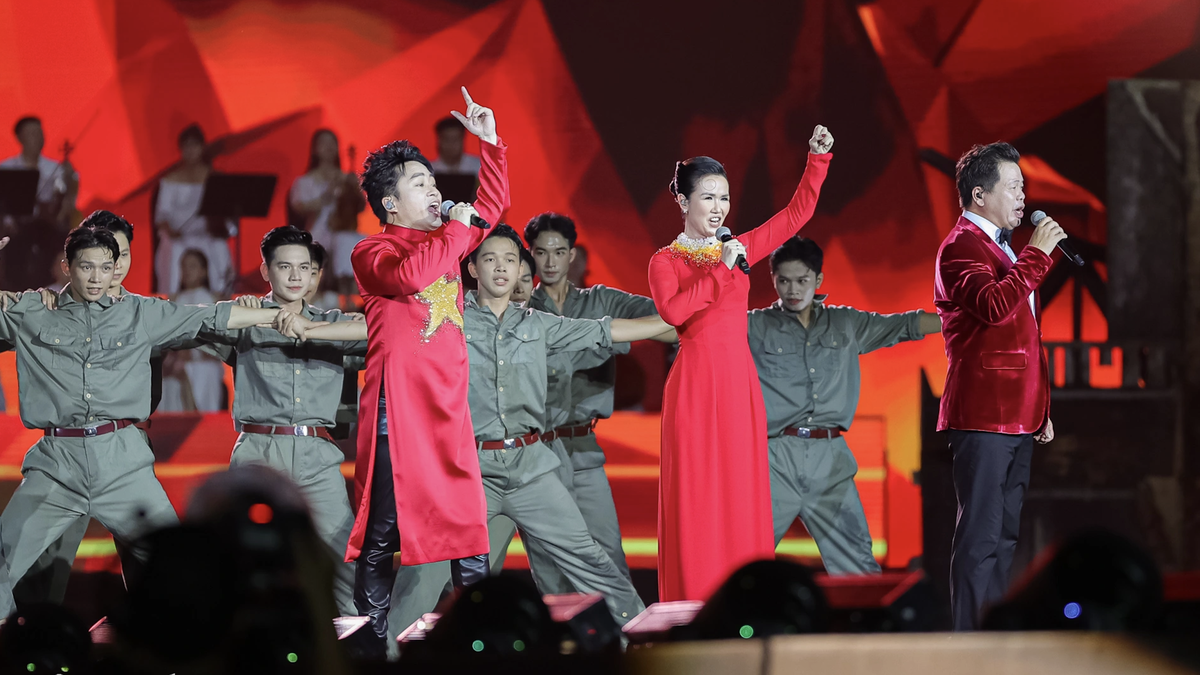


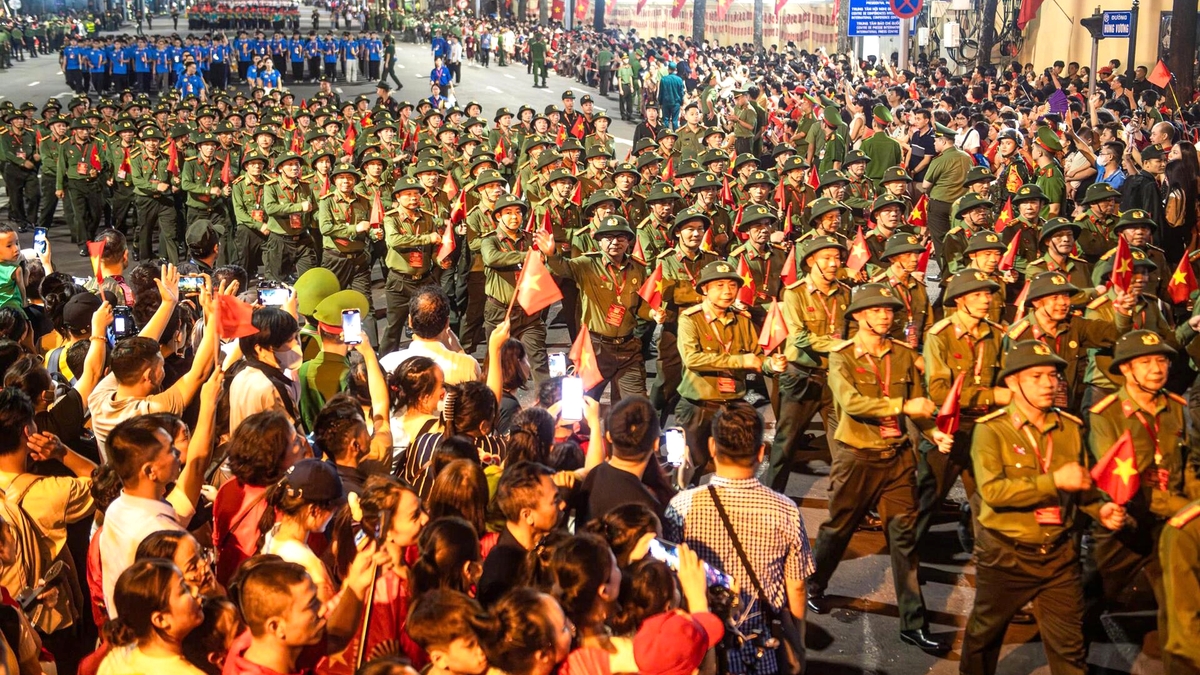
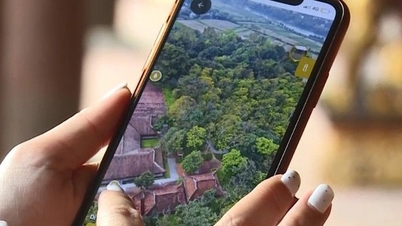
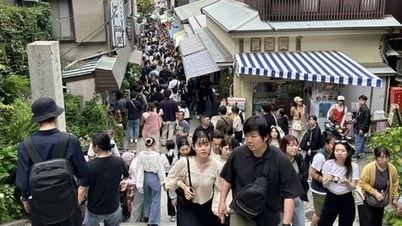
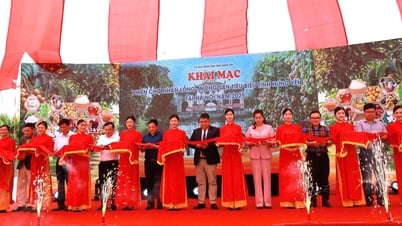

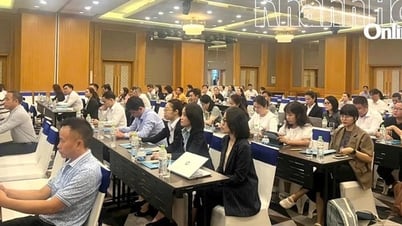
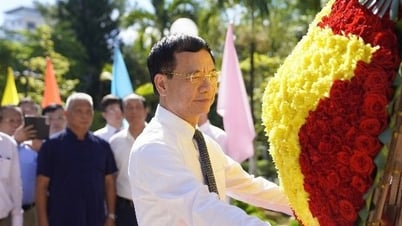

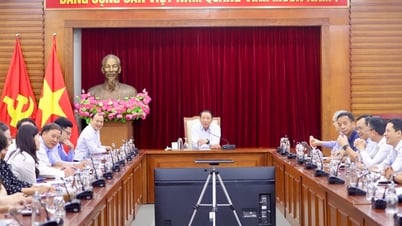






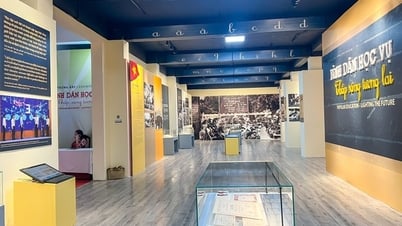
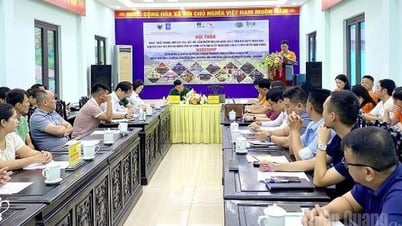


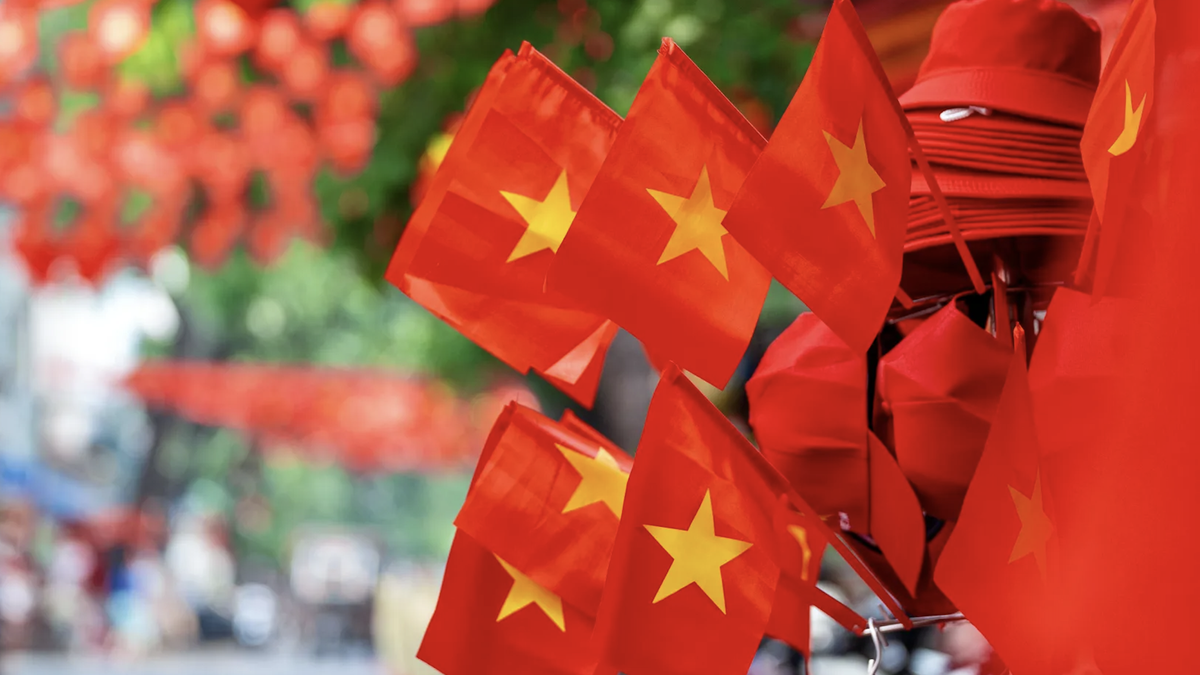






































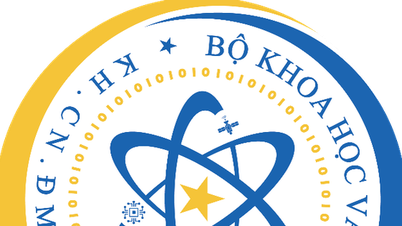
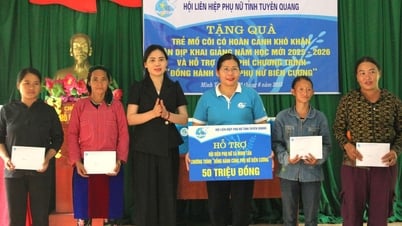

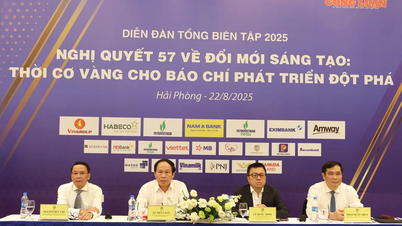




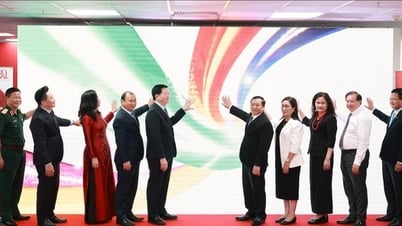








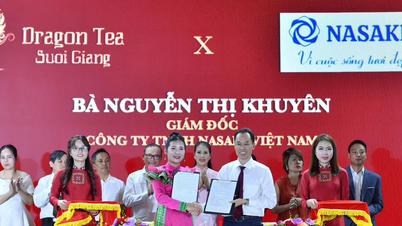



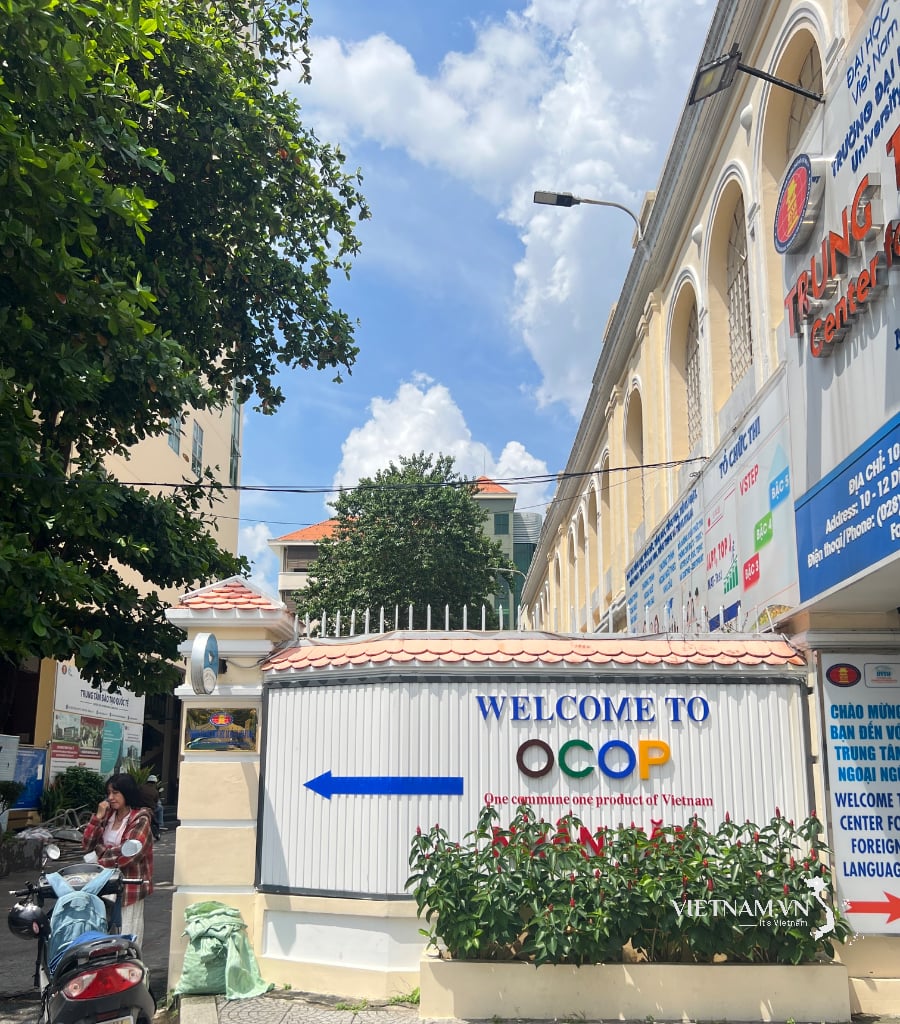

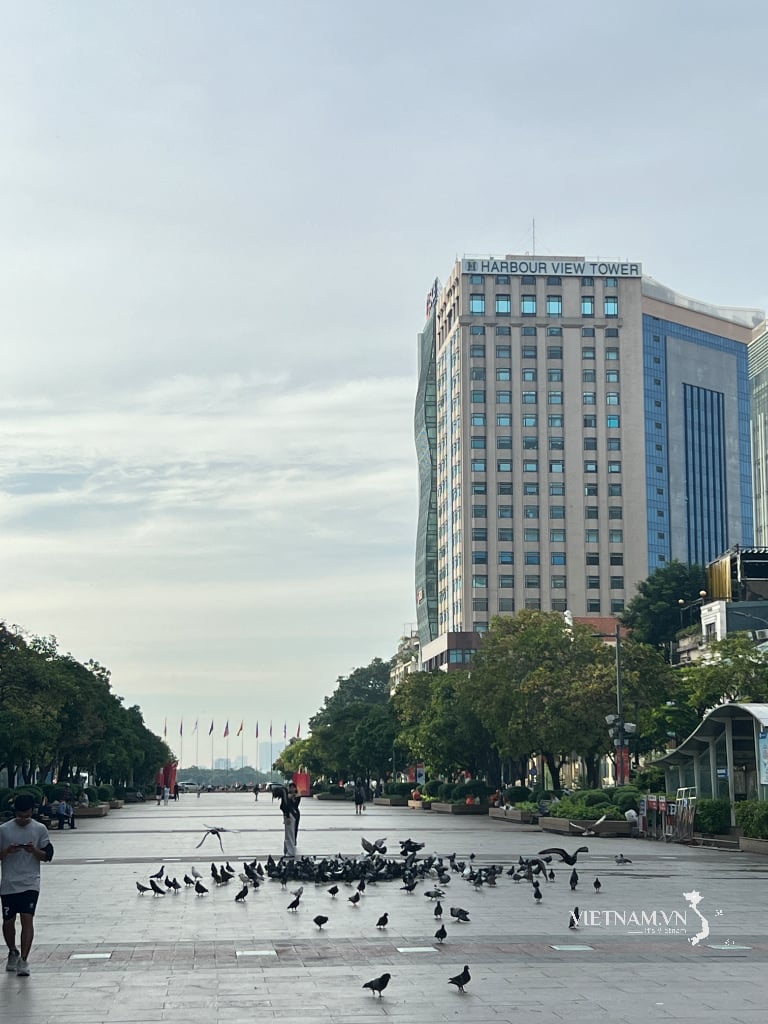
Comment (0)